PPT-What are they? Why were they formed?
Author : liane-varnes | Published Date : 2018-10-06
Development of Political Parties George Washington Warns Against Political Parties Let mewarn you in the most solemn manner against the baneful effects of the spirit
Presentation Embed Code
Download Presentation
Download Presentation The PPT/PDF document "What are they? Why were they formed?" is the property of its rightful owner. Permission is granted to download and print the materials on this website for personal, non-commercial use only, and to display it on your personal computer provided you do not modify the materials and that you retain all copyright notices contained in the materials. By downloading content from our website, you accept the terms of this agreement.
What are they? Why were they formed?: Transcript
Download Rules Of Document
"What are they? Why were they formed?"The content belongs to its owner. You may download and print it for personal use, without modification, and keep all copyright notices. By downloading, you agree to these terms.
Related Documents

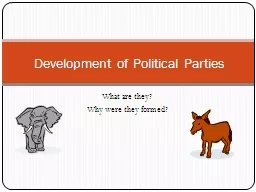

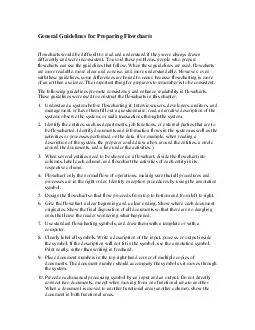
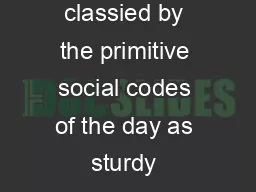


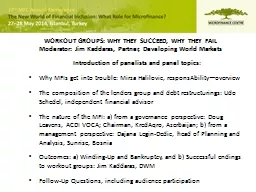


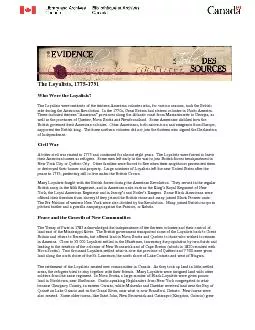


![[DOWNLOAD] - Management Fads in Higher Education: Where They Come From, What They Do,](https://thumbs.docslides.com/905553/download-management-fads-in-higher-education-where-they-come-from-what-they-do-why-they-fail.jpg)
![[BOOK]-Status: Why Is It Everywhere? Why Does It Matter?: Why Is It Everywhere? Why Does](https://thumbs.docslides.com/956296/book-status-why-is-it-everywhere-why-does-it-matter-why-is-it-everywhere-why-does-it-matter.jpg)